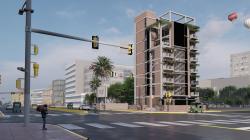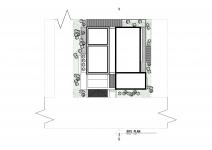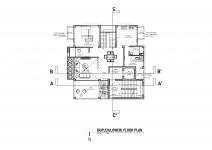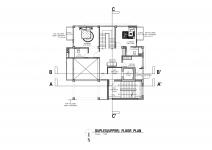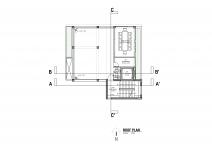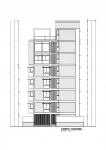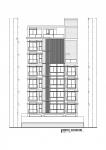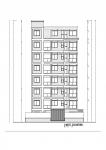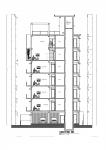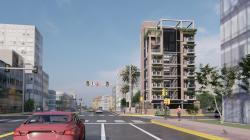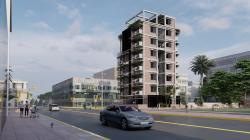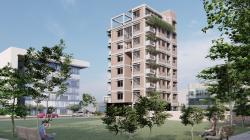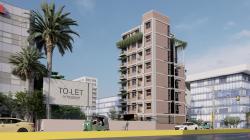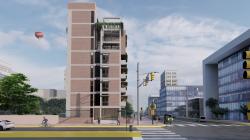An apartment building is a multi-unit residential building made to house many independent households or tenants in apartments or units, which are private, self-contained living quarters. In these buildings, each apartment has its own kitchen, bathroom, and living space, and the general purpose is to house several families or individuals in one location.
Building codes are a set of rules and specifications that outline the minimal criteria for the planning, building, occupying, and maintaining of buildings and other structures. Governments at different levels, such as local, state, or national governments, enact building regulations to guarantee the welfare, health, and safety of the tenants and the general public.
Building regulations can vary from nation to nation and even from region to region within a nation for a number of reasons.
Local Climate and Topography: Differences in construction codes are frequently caused by local climate and topography. For instance, places with a high danger of hurricanes or regions with a lot of snowfall will have different construction needs than regions that are prone to earthquakes. Cultural and historical influences: Cultural norms and traditional building techniques might have an impact on modern construction procedures. Building codes may vary throughout nations and regions due to distinctive architectural styles and traditional building methods.Differences in the legal and administrative systems that each nation uses to establish and enforce its building codes. These systems' forms of government can differ.
When creating a structure, an architect must adhere to the building code, which can have major repercussions for both the architect and the project. Here are some possible results:
Risks to Safety: The main purpose of building codes is to protect the public's and residents' safety. A construction that ignores or violates building rules may not be structurally sound, fireproof, or able to endure natural disasters like earthquakes or hurricanes. This poses a serious threat to the health and safety of all who use or occupy the building.
Legal Consequences: Building code violations may have legal ramifications for the architect, depending on the jurisdiction. This might involve levying fees, and punishments, or taking legal action against them. Some instances,
An architecture student must build, plan, and design in accordance with local regulations just like every architect must design, with the majority of them creating homes and flats. Lack of space, difficult orientation, and the site's proximity to a road were challenges for this project. As a result, we had to take measures to mitigate the noise and dust as much as we could. The structure complies with all customer requests while adhering to BNBC standards and regulations without using aesthetically pleasing architecture.
2022
Site Area: 0.0573921 Acre
Student Name: Shubhra Deb Chowdhury (Undergrad Student, B.ARCH)
Studio mentors: Amit Imtiaz (Assistant Professor, Department of Architecture) and Shajib Paul (Assistant Professor, Department of Architecture)
Institution: Chittagong University of Engineering and Technology

